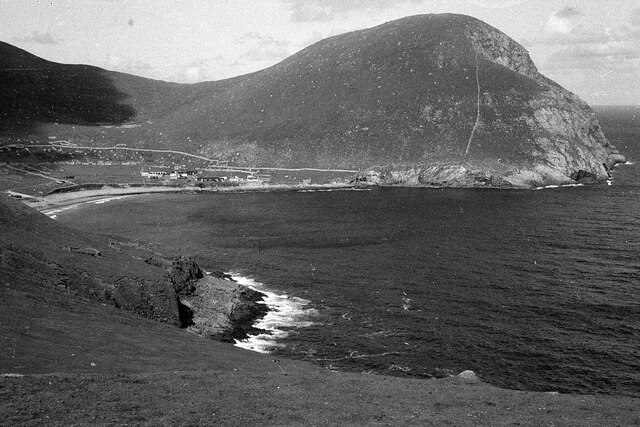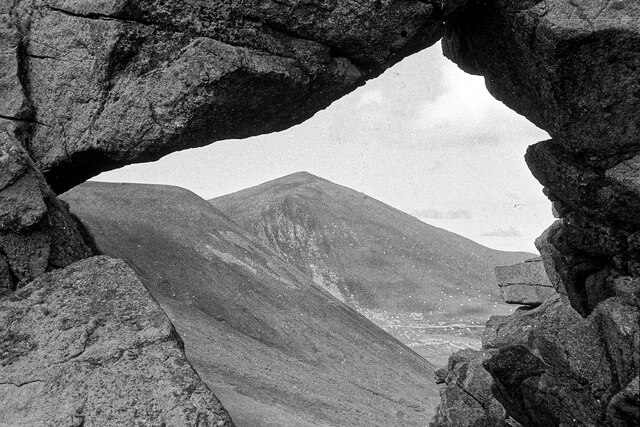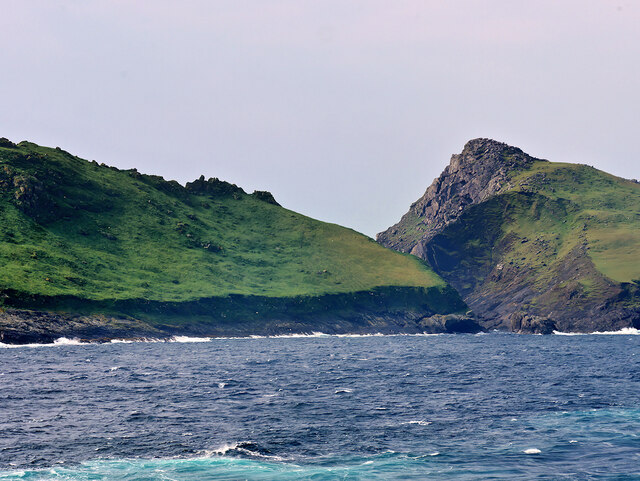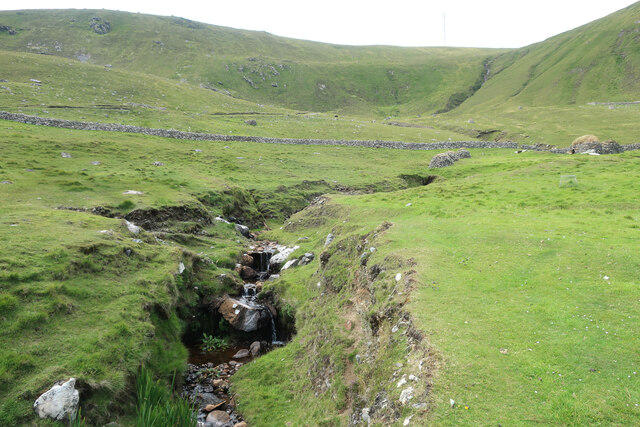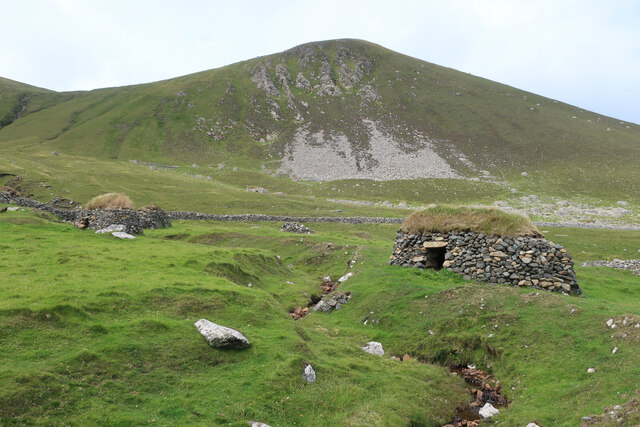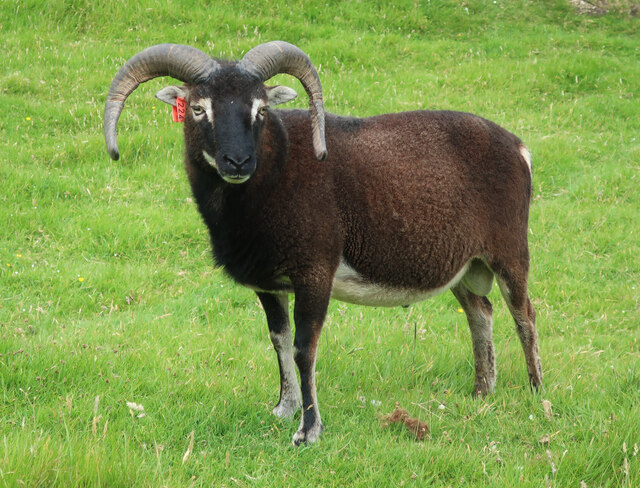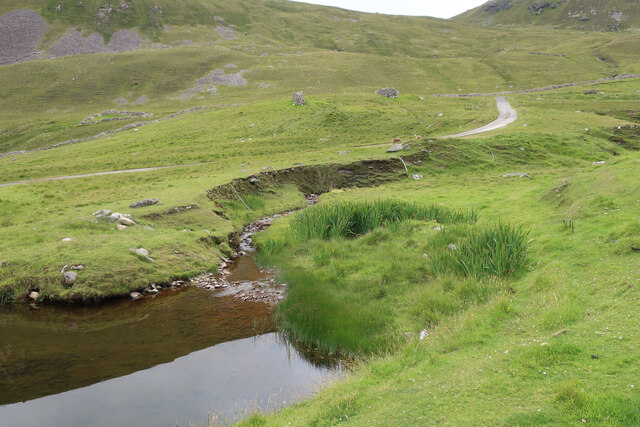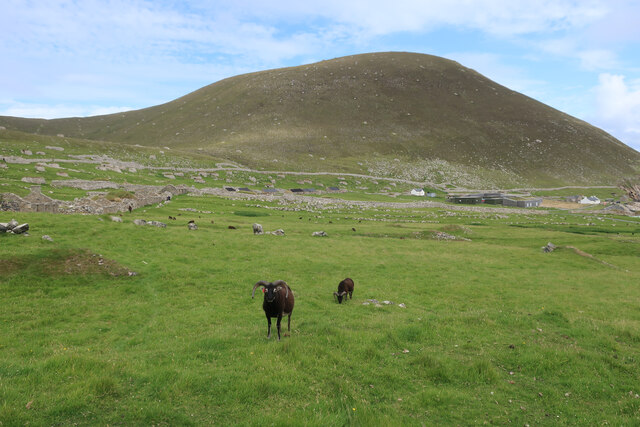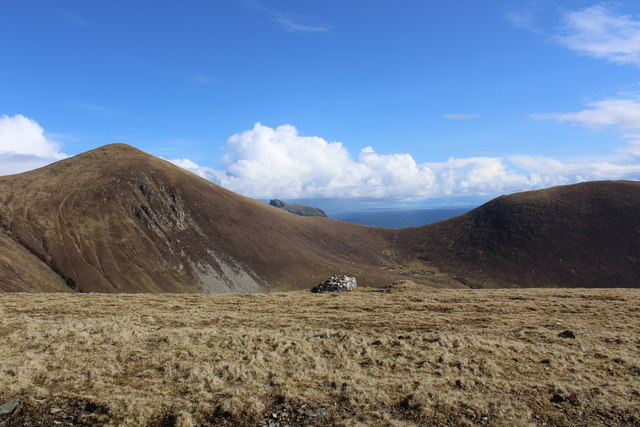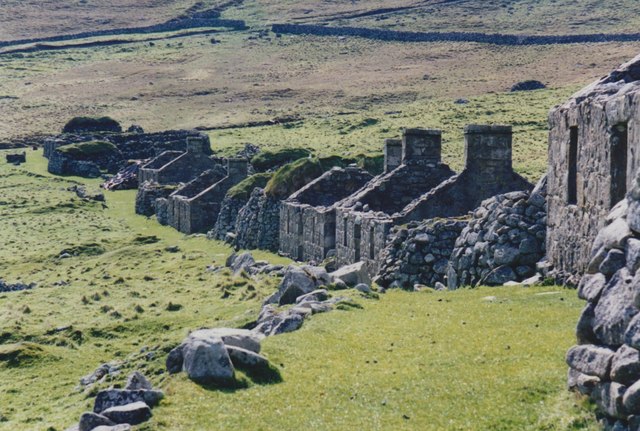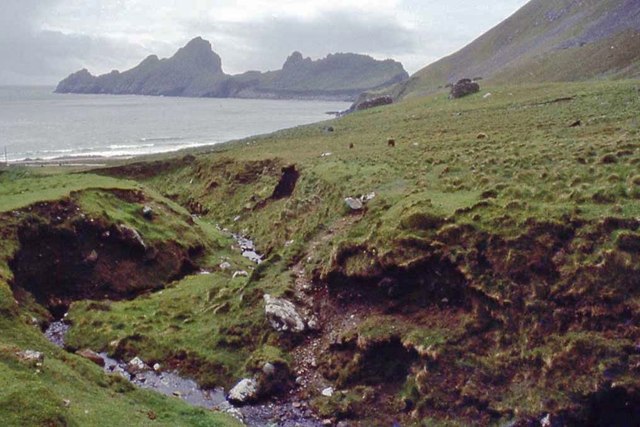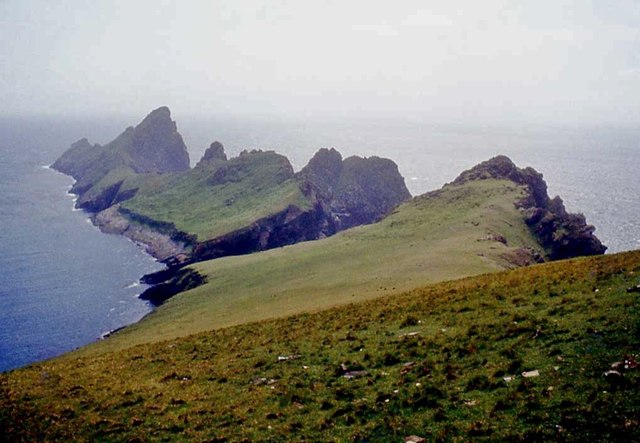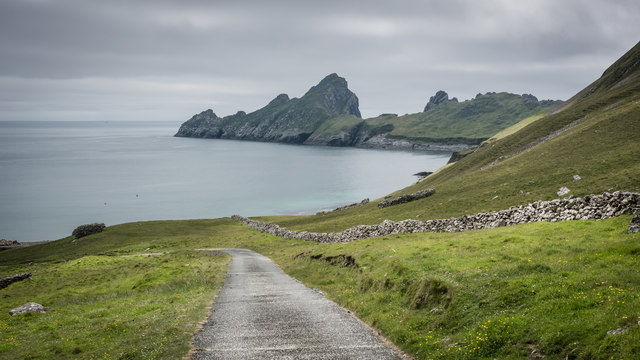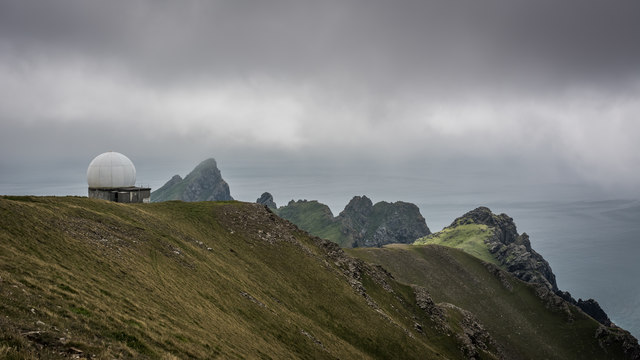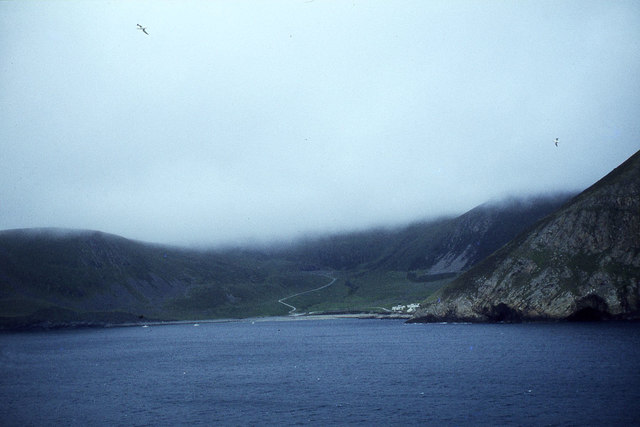Geo Ghiasgeir
Coastal Feature, Headland, Point in Inverness-shire
Scotland
Geo Ghiasgeir
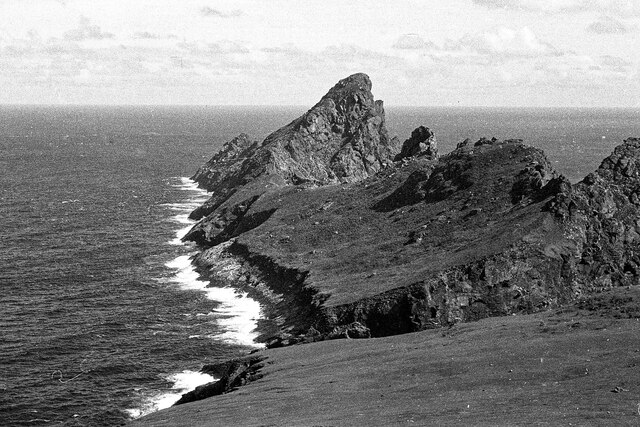
Geo Ghiasgeir is a prominent coastal feature located in Inverness-shire, Scotland. Specifically, it is situated on the western coast, near the village of Achiltibuie. This stunning headland juts out into the North Atlantic Ocean, forming a distinct point that offers breathtaking views of the surrounding landscape.
The name "Geo Ghiasgeir" originates from the Gaelic language, with "Geo" meaning a narrow inlet or cleft in the rock, and "Ghiasgeir" referring to the particular location. This name aptly describes the physical characteristics of this headland, as it is characterized by steep cliffs and rocky outcrops.
The geography of Geo Ghiasgeir is diverse and captivating. The headland is composed of ancient rocks, primarily sandstone and limestone, which have been shaped by the relentless force of the ocean over thousands of years. This erosion has created fascinating geological formations, such as sea caves and arches, which are a notable feature of the area.
Geo Ghiasgeir is not only visually stunning but also ecologically significant. The headland is home to a diverse range of plant and animal species, including seabirds such as gannets, puffins, and fulmars, which nest on the cliffs. The surrounding waters are also teeming with marine life, with seals and porpoises often spotted in the area.
Visitors to Geo Ghiasgeir can enjoy a range of activities, including hiking along the coastal path that runs along the headland, birdwatching, and photography. The panoramic views from the point are particularly awe-inspiring, with the rugged coastline and the vast expanse of the Atlantic Ocean stretching out before the eyes.
Overall, Geo Ghiasgeir is a captivating coastal feature in Inverness-shire, offering a unique blend of natural beauty, geological wonders, and ecological diversity.
If you have any feedback on the listing, please let us know in the comments section below.
Geo Ghiasgeir Images
Images are sourced within 2km of 57.797042/-8.5630511 or Grid Reference NF1097. Thanks to Geograph Open Source API. All images are credited.
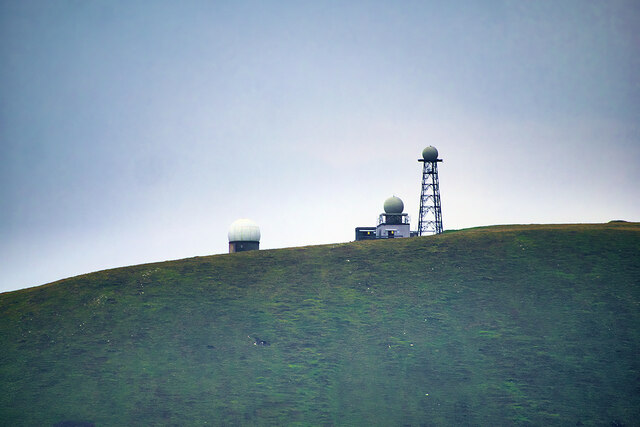
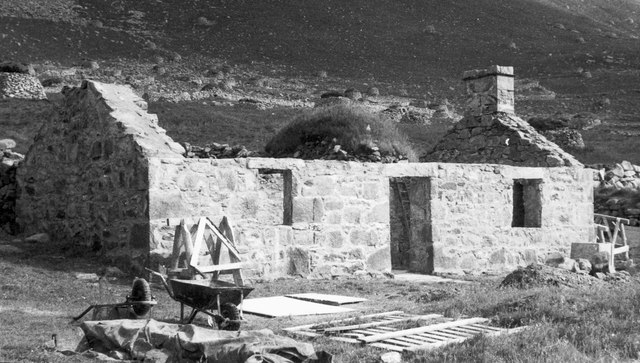
Geo Ghiasgeir is located at Grid Ref: NF1097 (Lat: 57.797042, Lng: -8.5630511)
Unitary Authority: Na h-Eileanan an Iar
Police Authority: Highlands and Islands
What 3 Words
///trackers.disengage.pursuing. Near Balivanich, Na h-Eileanan Siar
Nearby Locations
Related Wikis
Dùn
Dùn is an island in St Kilda, Scotland. It is nearly 1 mile (1.6 kilometres) long. Its name simply means "fort" in Scottish Gaelic (for more information...
Hirta
Hirta (Scottish Gaelic: Hiort) is the largest island in the St Kilda archipelago, on the western edge of Scotland. The names Hiort (in Scottish Gaelic...
St Kilda, Scotland
St Kilda (Scottish Gaelic: Hiort) is an isolated archipelago situated 64 kilometres (40 mi) west-northwest of North Uist in the North Atlantic Ocean. It...
Stac Levenish
Stac Levenish or Stac Leibhinis (sometimes simply called Levenish/Leibhinis) is a sea stack in the St Kilda archipelago in Scotland. Lying 2.5 kilometres...
Nearby Amenities
Located within 500m of 57.797042,-8.5630511Have you been to Geo Ghiasgeir?
Leave your review of Geo Ghiasgeir below (or comments, questions and feedback).
